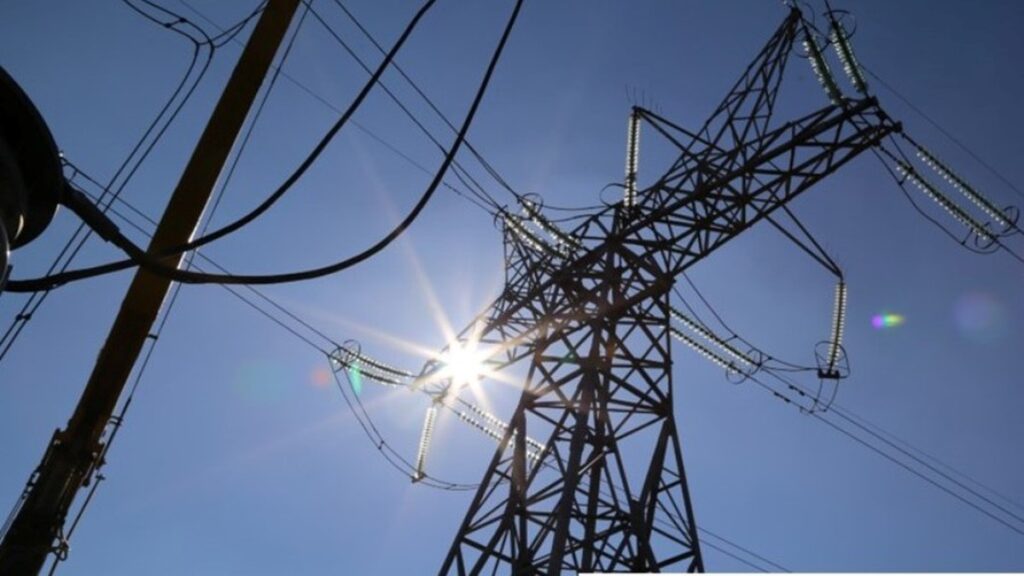
· South Africa has faced a lot of power outages that has left the country in chaos. These outages are from the frequent load shedding and planned blackouts by the local power supplier.
· The power outages have great effects in terms of health, food security, agriculture and even process in the country.
The modern world requires constant supply of power for smoother flow of operations. The small interruption of power causes a halt of operations which may cause chaos. Scenarios such as car crashes, traffic, rotting food, crime, decomposing bodies, bankrupt businesses and water shortages has become the normal in South Africa. To some extent it became worse that people got advice bury their dead within four days. These are among many other effects causing chaos in the country where citizens cannot take it anymore.
Dead end clamp serves as temporary fixtures to hold wires or conductors securely in the right places. They apply in the power and utility services to ensure proper transmission from one point to another. Dead end clamps provide easy, fast and reliable installations in all weather conditions. They work with other fittings such as clevises, bolts, nuts and washers. These fittings ensure secure connections on the overhead transmission lines. Power outages in South Africa arise from the high demand and old and poorly maintained infrastructure. The situation recently got worse that the current president declared a state disaster.
Causes of power blackouts in South Africa
Eskom company is the main power supply in the country and has left many citizens in the dark. The company focuses on load shedding and planned blackouts in order to maintain the power infrastructure of the country. This they say helps to avoid the total collapse of the main electric grid. The citizens have said however that these power outages may be a case of life and death situation. This is mainly from the patients on life support in the hospitals or those that require consistent supply of oxygen. Dead end clamps have high tensile strength that allows them to distribute the weight of the transmission line equally. The following are the causes of power outages in South Africa.
1. Heavy reliance on coal fired power plants
The power company, Eskom, heavily relies on producing power from the coal power plants that in turn limit the supply of electricity. This makes the demand higher than the supply of electricity.
2. Load shedding
Load shedding is a way to relieve stress on a primary energy source when demand for electricity is greater than the primary power source can supply. Eskom uses load shedding to distribute demand for electrical power across multiple power sources.

3. Ageing power plants
Eskom uses the old power plants and infrastructure which is prone to failure when demand is high. This is also brought by the absence of maintenance and upgrade of the old equipment. When the demand is higher, larger outputs are then expected to distribute from production point to consumption point and this is difficult by the old power plants.
4. Poor performance by Eskom
Eskom has been the main supplier of power in the country and this has made their performance to decrease over the years. This has affected food security, higher prices and straining house gadgets.
5. Corruption
Eskom is full of corruption since the ruling. Eskom has been in corruption, crime and poor management that has led to the failure of the company as the main supplier of power.
Consequences of power outages in South Africa
South Africans are desperate for an alternative in energy supply and reliability in the country. They may end up resolving to using renewable energy as the main supply of power but the government has been slow to regulate this as an alternative. Dead end clamps are from materials that are corrosion resistant under all weather conditions. Power outages lead to increased crime, death and traffic on the roads. Other consequences of power outages in the country are as discussed below:
· Food security – agriculture teds to be expensive considering the pumping of water in the schemes which requires electricity.
· Increased carbon emissions – while the rest of the world is working on reducing the greenhouse gas effect on climate, South Africa is still dependent on the use of coal which leads to a higher carbon footprint.
